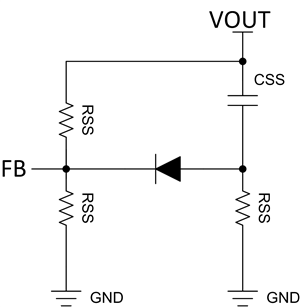Other Parts Discussed in Thread: TINA-TI,
Tool/software: TINA-TI or Spice Models
Hi,
I´m designing a power supply (SEPIC Converter) for a circuit wich need an output voltage of 12V. These are the characteristics of the SEPIC:
- Vin min = 10V
- Vin max = 30V
- Vo = 12V
- Io max = 0,7A
- Sw Freq = 1MHz
I´ve made a previous design on TINA software and it seems that the supply works fine except for one thing, I obtain a high current at the startup of the simulation. What is the reason of this current? and is it possible to avoid this behaviour?
If someone needs more information I´ll be attentive to provide it. Thank you very much!
Best Regards.


